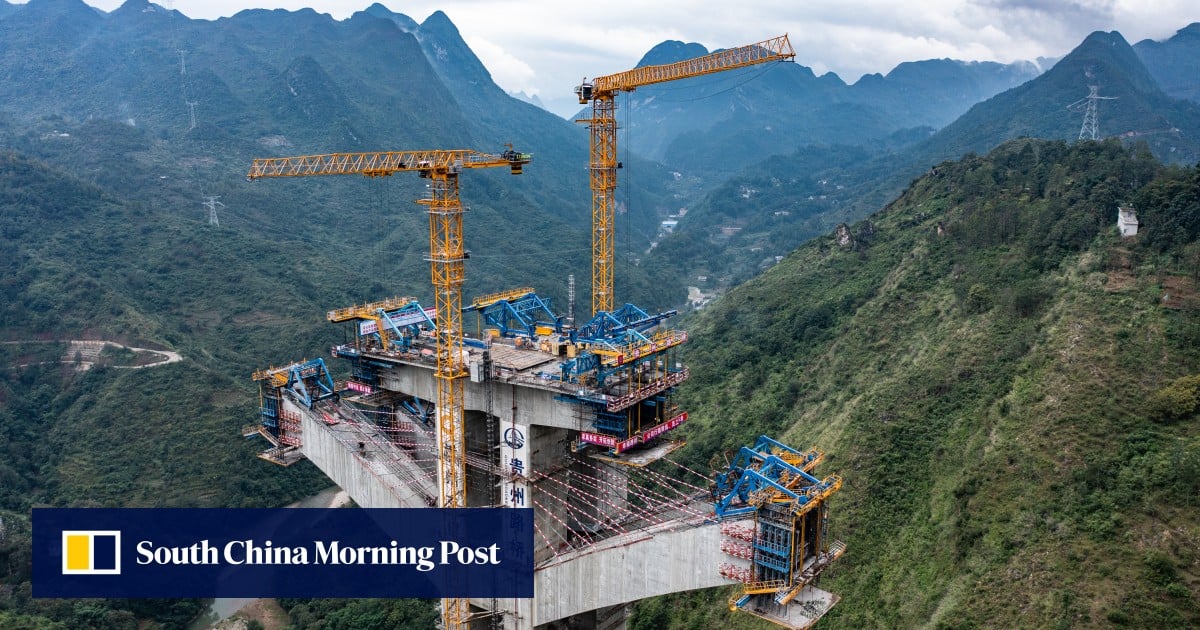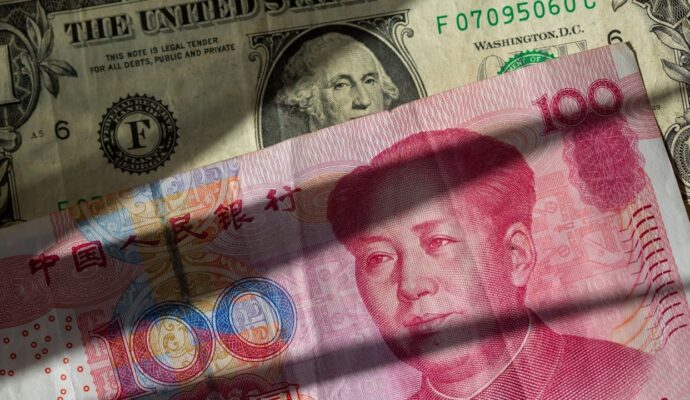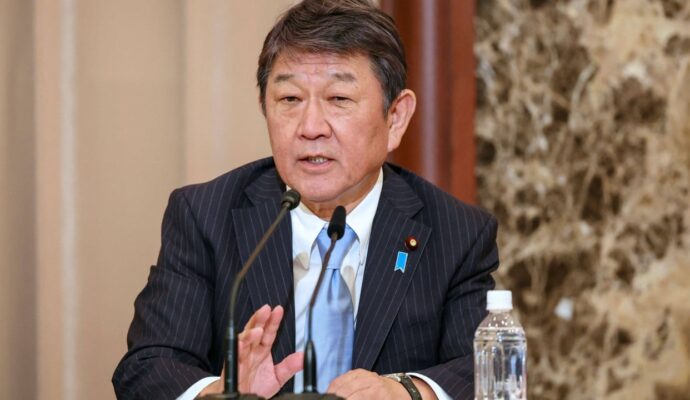
When Shanghai announced it would modernise water systems for households in suburban areas, the initiative generated a stir among local residents keen on seeing quality-of-life improvements.
Through the pilot scheme, about 10,000 households in suburban towns may finally be able to glug potable water right from the taps in the coming years. It is meant to be a prelude to a broader upgrade across the city of 25 million that local authorities say should be finished by 2035.
But to achieve that goal, several billion yuan will be needed to upgrade existing pipelines, water-purification equipment and waste-disposal facilities.
Yet, in a time of mounting local-level debt across China – due in part to unchecked spending on infrastructure projects intended to stimulate local economies – even efforts to bring potable water to the people are raising questions about whom should bear the investment costs, and how to pass on extra utility expenses to households.
What GDP target must China set for 2024 to double its economy by 2035?
What GDP target must China set for 2024 to double its economy by 2035?
The fact that households under the jurisdiction of mainland China’s most affluent city lack drinkable tap water – a decades-old requirement not only in international cities such as London and New York, but also in small towns of developed nations – has complicated the debate over whether the world’s second-largest economy is overinvested.
“The economy doesn’t need the government to invest more in big infrastructure or boondoggles going forward,” said Chen Zhiwu, a chair professor of finance at the University of Hong Kong.
The economist explained that the speed and scale of China’s infrastructure development means that it essentially crammed between 50 and 60 years worth of normal construction and investments in developed countries into about 30 years.
“It needs a rethink on this model,” Chen warned.
China’s homologous infrastructure buildout has seen mountains levelled, canyons bridged, and new cities created in numerous mega projects. Much of that resulted from Beijing’s utilisation of a 4-trillion-yuan (US$562 billion) stimulus package in 2008 to counter the shocks of the global financial crisis.
The spend-and-build drive, however, landed many local governments in considerable and sometimes crippling debt, and it is not uncommon to see underused roads, empty airports and unoccupied residential complexes, especially in western China.
Many institutions, including the International Monetary Fund (IMF), have called on China to transition into a consumption-driven economic growth model for sustainability while strengthening the social safety net and welfare to help boost consumption, as many Chinese people have reported uncertainties over their income in the post-Covid era.
China tightens the leash on vulnerable banks in domestic de-risking campaign
China tightens the leash on vulnerable banks in domestic de-risking campaign
“It will be important to change the sources of growth to rebalancing from overly relying on investment towards more consumption,” Thomas Helbling, deputy director of the IMF’s Asia-Pacific Department, said in early November.
Some advisers, however, have argued that investment remains the best pillar to support the economy in the short term when exports could continue faltering and residents are reluctant to loosen purse strings.
“There is ‘big room’ for expansionary fiscal policies, and time is essential in adopting them,” Yu said at a recent forum in Shanghai, warning that China’s low inflation rate would discourage investments.
More government-led investments should concentrate on livelihoods and leave other [investments] for the market – especially the private sector – to decide
Investments accounted for 1.6 percentage points of GDP growth in the first three quarters of the year, compared with 4.4 percentage points for consumption. Net exports dragged growth by 0.7 percentage points.
Meanwhile, Beijing is being pushed and prodded to foot the bill when it comes to infrastructure that enhances livelihoods, as private investors are unlikely to plough funds into such products when local government finances are in such dire straits.
Zhu Tian, a professor at the China Europe International Business School, said sizeable investments remain a key catalyst for economic growth.
“More government-led investments should concentrate on livelihoods and leave other [investments] for the market – especially the private sector – to decide,” he said.
China’s total fixed-asset investments grew 2.9 per cent, year on year, in the first 10 months to 41.94 trillion yuan, yet private investment dipped 0.5 per cent in the same period.
As China looks to shore up economy, geopolitics, US rate cuts weigh on outlook
As China looks to shore up economy, geopolitics, US rate cuts weigh on outlook
Beijing has been prioritising water-conservancy projects, new data centres, and three key initiatives – urban village redevelopment, affordable housing and emergency facilities.
Alicia Garcia-Herrero, chief economist for the Asia-Pacific region at Natixis, said China should proceed with welfare-enhancing projects, including upgrades to water-supply systems and more hospitals.
“China seems to only spend money where there is clear, immediate productivity or GDP gains, but not so much for people’s welfare,” she said.
Such investments, while unlikely to offer much of a boost to economic activities, would still be in line with Beijing’s philosophy of “high-quality development” in its modernisation drive.
“Somehow [policymakers] feel [welfare] doesn’t contribute to growth. But that’s wrong, because if people feel more protected, they will consume more,” Garcia-Herrero said, adding that spending decisions need to be made with the public’s well-being in mind.


